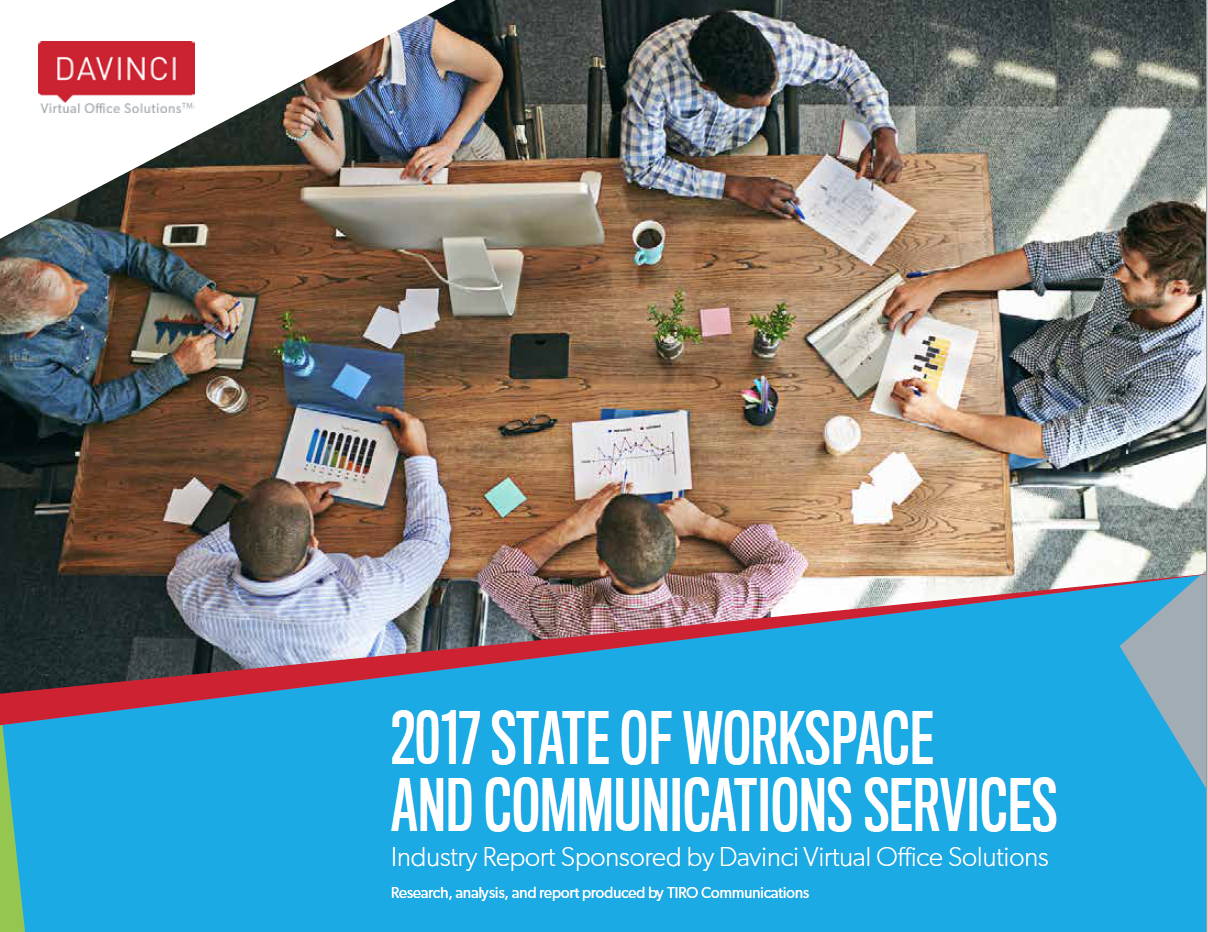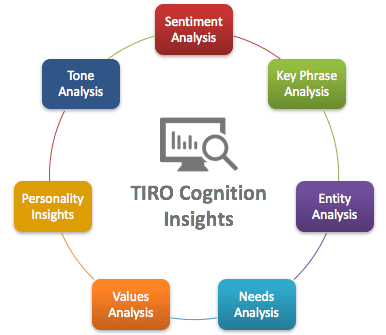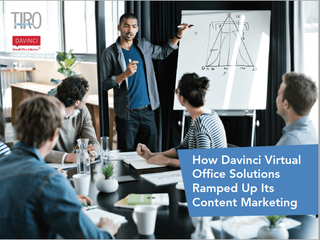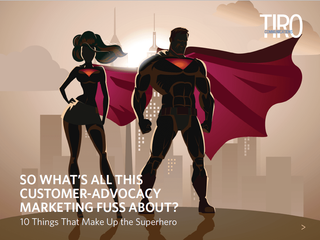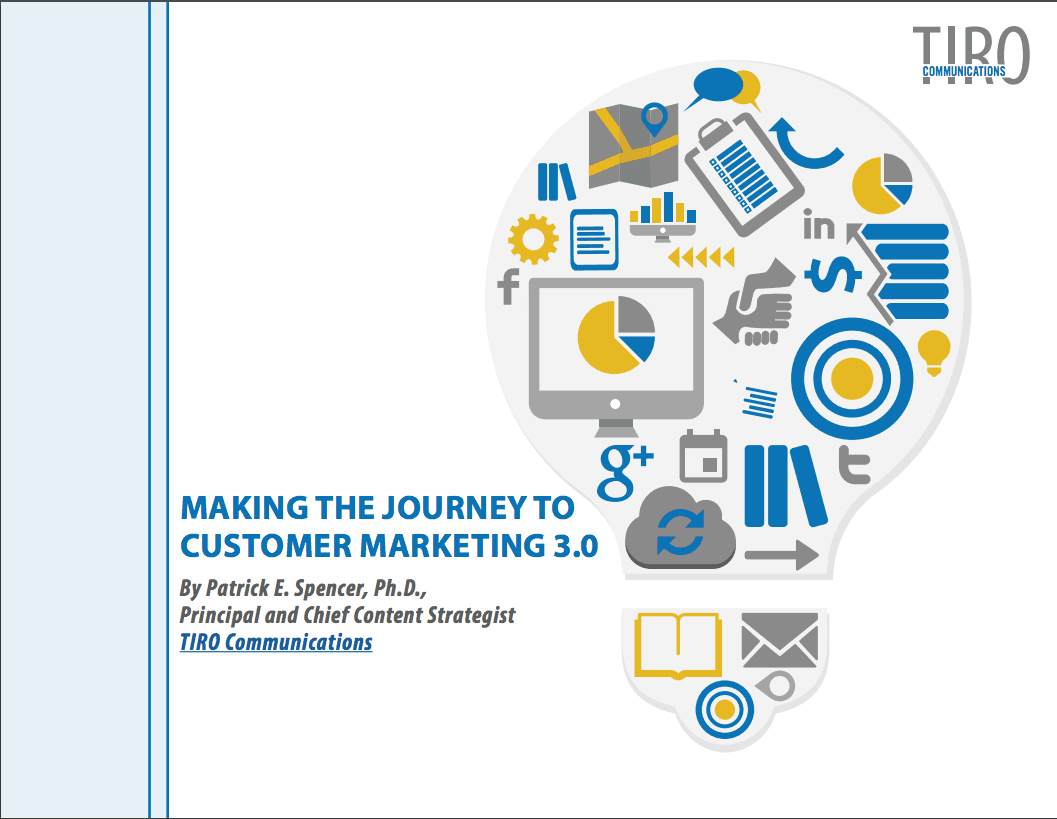Re-living the 2002 Customer Reference Scandal
- By Patrick Spencer
- •
- 30 Oct, 2014
- •
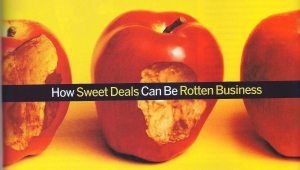
Written by Sarah D. Scalet and published in August 2002, the exposé, titled “The Truth About Customer References,” argued that IT suppliers build contractual agreements with customers that taint their reference reliability and forge a picture not entirely accurate. Scalet culled a list of IT leaders who admitted to receiving perks such as free services and discounts on deals in exchange for speaking at events, completing a case study and/or video testimonial, or fielding calls or hosting visits from prospective customers for the supplier.
The exposé in CIO magazine argued that IT suppliers build contractual agreements with customers that taint their reference reliability and forge a picture not entirely accurate.
Also as part of her investigation, Scalet contacted a number of Customer Reference Managers. All but one declined to be interviewed for the piece, and the one who did consent undoubtedly regretted the decision after the article’s publication. Unaware of the nature of the article, the Customer Reference Manager spoke in detail about her company’s Reference Reward Program and the ways in which the company recognized reference accounts. She perceived the program as an industry benchmark and best-in-class practice. Scalet found otherwise, concluding that reward (or recognition) practices are the root cause of the reference trust issue and must be “rooted” out.
In addition to implicating Customer Reference Managers and even the actual reference customers, Scalet shined her spotlight onto the prospects seeking the referral. She insisted they took the reference process too lightly and were part of the problem, failing to ask the right questions that help ferret out situations where conflicts of interest might blur reality with actual experience.
Broken, In Need of Repair
Since at the time 52 percent of IT buyers made decisions based on peer referrals (a number that is higher today), Scalet concluded that the customer reference process was rotten for business and needed to be fixed. But when it came time for a solution, Scalet’s suggestions were lacking much substance.
To begin, she argued that references should not be bought, and when a customer does receive extra benefits—whether corporate or personal—the reference has an obligation to disclose this information. This responsibility also falls to the prospect requesting the reference, a question that must always be posed as part of the conversation with supplier references.
Second, Scalet suggested that customers find peers they can trust and ask them for their candid opinion on the supplier in question. But even then the reference could not be entirely trusted, according to Scalet.
Finally, Scalet asserted that the questions posted to supplier references must be thorough; not only look at product requirements but services experience, quality issues, timeliness of responses, among other issues.
It Took a Decade to Put the Scandal Behind Us
While Scalet’s report certainly created much dismay, virtually for all parties involved, it did not have a substantial impact on reference processes and programs. Some organizations stopped serving as references altogether. But most continued to do so. Reward (or Recognition) Programs shifted their focus from discounted services and other perks to involvement in Product Advisory Boards, Executive Councils and Forums, and other business-related programs.
But it is only in the past few years where true change took place and the issues Scalet raised a decade earlier were addressed. There are many ways, so I’ll only list a few of the more significant ones.
1. Changes in buyer behavior. Customers are upwards of 60 percent of the way through their buyer journey before they have the first interaction with a supplier. Peer communities are the number one resource to which they look when they are simply looking for ideas or doing in-depth research on a solution area.
2. Birth of peer communities. Buyers seek each other out on social media, online communities, professional associations, and industry events. There, they learn what their peers are using, what they think of the solutions, and how they went about deploying them, all before they search for content on the supplier’s website or engage with sales representatives for information, including customer references. Third-party communities such as G2 Crowd, CrunchBase, TrustRadius, among others help facilitate these interactions.
3. Shift from “Customer References” to “Customer Marketing.” Some might claim it is simply a matter of semantics. I argue otherwise, and so have many others. The largely tactical, silo-based function of Customer References transformed into what is predominantly called Customer Marketing today. The former constantly struggled to get a seat at the table. The latter is seen as a strategic business lever that touches both Customer Advocacy and Customer Engagement, encompassing both Inbound Marketing and Outbound Marketing.
4. Emergence of the consumption funnel. Software as a service (SaaS) is not only the wave of the future, it is the wave of the present. This business paradigm shift is having far-reaching repercussions that extend to the Customer Marketing function. As more and more of the revenue generated from SaaS accounts drives from the consumption funnel (versus the acquisition funnel), a comprehensive engagement marketing strategy targeted at customers–not prospects–becomes a requisite. This includes everything from Community Marketing, to User Groups, to Product Advisory Boards, to Executive Councils and Forums. It also means the execution of campaigns focused at the consumption journey.
5. Gap to Solve: SiriusDecision’s Megan Heuer reported at the 2014 Customer Reference Forum that only eight percent of companies use marketing automation systems and architect campaigns for the consumption funnel. Much work is still left to do.
6. Evolution of technologies. While a small percentage of B2B marketing organizations producing systematic campaigns with the objectives of driving product utilization, building loyalty, and fostering advocacy, the time is coming when this will no longer be an option. With the focus on the consumption funnel comes a concurrent opportunity to recruit, engage, and recognize customer advocates that would have largely gone non-mobilized and remained dormant under the previous Customer Marketing approach. But the availability of new Customer Advocacy technologies, all hosted in the cloud, such as Influitive, Amplifinity, NextBee, and Totango turns a process that was largely manual and time-intensive into one that is automated and highly scalable.
Watching the "2002 Customer Reference Scandal" Fade from View

